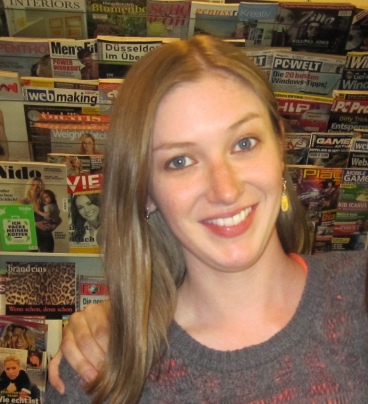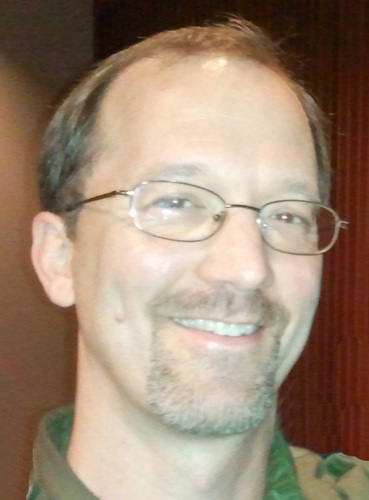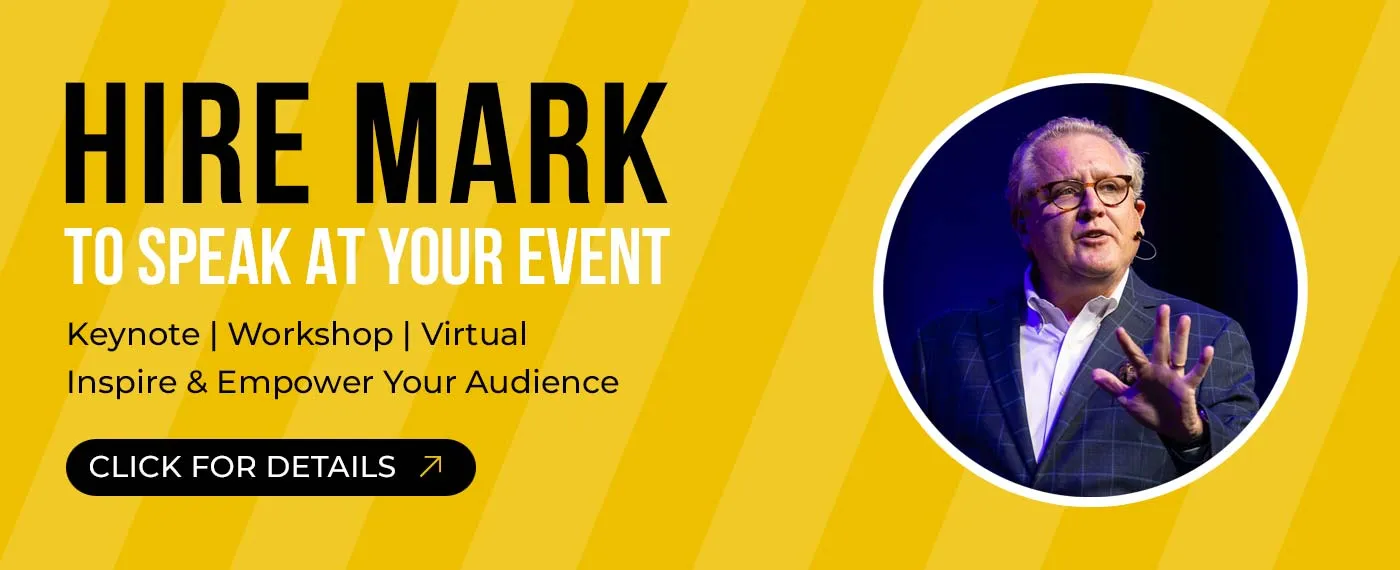By {grow} Community Member Don Stanley
In addition to being a small business owner, I’m lucky enough to teach at the University of Wisconsin. I teach marketing and communication courses with an emphasis on social media, strategic planning and design.
One of my favorite courses focuses on building personal brands with blogging and social media. Students, many of whom have never blogged or used social media for professional reasons, are required to:
- Identify their personal brand
- Create a personal branding strategy
- Promote their brand to key audiences and thought leaders
- Prove they can bring value to the community they want to be a part of and connect with their audience in a meaningful way
It’s a challenging course because we cover a lot of ground in only 16 weeks. But a key takeaway from the course is, if you do the right work, you can reap incredible rewards.
 One of my star students, Erin Podolak is a testimony to that. Erin is a science writer and blogger, and she had dabbled in Twitter, but she wasn’t getting the recognition she wanted (and in my opinion deserved). Here’s the story of how she got it.
One of my star students, Erin Podolak is a testimony to that. Erin is a science writer and blogger, and she had dabbled in Twitter, but she wasn’t getting the recognition she wanted (and in my opinion deserved). Here’s the story of how she got it.
THE PROCESS:
The process we follow in class is straightforward and repeatable. Using Mark Schaefer’s The Tao of Twitter and Scott Stratten’s Unmarketing as required readings, students learn to:
- Set clear, specific goal/s (what will success look like?)
- Identify influencers to connect with
- Identify how to connect with influencers (choose tools and messages to use)
- Do the work to get recognized and build meaningful professional relationships
- Learn to self-moderate to determine if you are getting closer or farther from your goals
STEP 1: Set a clear goal
Erin was a graduate student when she signed up for my course. She had experience, but wanted to gain the attention of a larger audience, particularly because she was nearing graduation and would be looking for a job. Her main goal was to get recognition from the holy-grail for science writers, Scientific American.
STEP 2: IDENTIFYING INFLUENCERS
Erin learned through her research that Bora Zivkovic is the blogs editor at Scientific American. Zivkovic is extremely active in social media. He is easily one of the most important people to connect with if you want to be a science blogger. So Erin started following Bora on social channels.
STEP 3: IDENTIFY HOW TO CONNECT WITH INFLUENCERS:
Erin laid the groundwork with Twitter and Blogging. She used her Twitter account (@erinpodolak) to make initial connections. She says, “my first order of business was to follow science-related accounts and other science writers. I followed Zivkovic, and immediately realized that he was a crucial person to connect with because he has a large following and is extremely interactive. He re-tweets the work of other people all the time and in fact has re-tweeted my tweets and links. When he followed me back, I had my blog to back me up.”
STEP 4: BLOG TO BRING VALUE TO THE COMMNITY AND PROMOTE YOURSELF:
Like many experts suggest, having a blog as a point of reference is an excellent way to bring value to your community and get yourself recognized as a thought leader.
Erin had a head start here. “When I started graduate school two years ago I launched my own blog called Science Decoded,” she said. “Having a blog is important as a science writer for two reasons. First, as a writer I need a way to show people what I can do, and a blog is the perfect platform. The second reason is because the science blogging community is very active; there are a lot of power players watching the multitude of science blogs on the Internet. Having my own space that highlights my work gives anyone interested in what I do an anchor they can use to gauge whether or not I’m someone worth their time and attention. Also, having started the blog two years ago and slowly built up a following shows readers that I’m dedicated to it, and not just trying to court pageviews.”
STEP 5: ASSESS YOUR RESULTS:
Did Erin reach her goal? “The word overwhelmed pretty accurately describes how I felt the day I received an email from Bora Zivkovic. The email was to inquire if I would like to be featured in an interview piece on their blog dedicated to new and young science writers – the SA Incubator. Would I like to? I’ve wanted to see my name in Scientific American since I was six years old, of course I wanted too! When the interview with me went live on their site it was thrilling.”
KEY TAKEAWAYS
Erin provided a few tips from her successful networking initiative:
“I took the time to build up targeted connections. I made myself known and shared content that showcased my style and abilities. I also connected with someone willing to check out my work, and who manages a platform that aligns with my career goals.”
“I was real and realistic about who I am and what I can do. All considered, perhaps I shouldn’t have been so gobsmacked that all of the work I put into developing my online presence paid off.”
“When the opportunity came around I folllowed through. I showed that I would come through and reply to emails, provide content and finish a project. I made myself someone easy to work with, and other opportunities followed.”
I’m proud of Erin’s efforts. What are your best practices for networking through the social web?
 Don Stanley is an educator at the University of Wisconsin – Madison and blogs at 3 Rhino Media. You can follow him on Twitter at @3rhinomedia
Don Stanley is an educator at the University of Wisconsin – Madison and blogs at 3 Rhino Media. You can follow him on Twitter at @3rhinomedia



